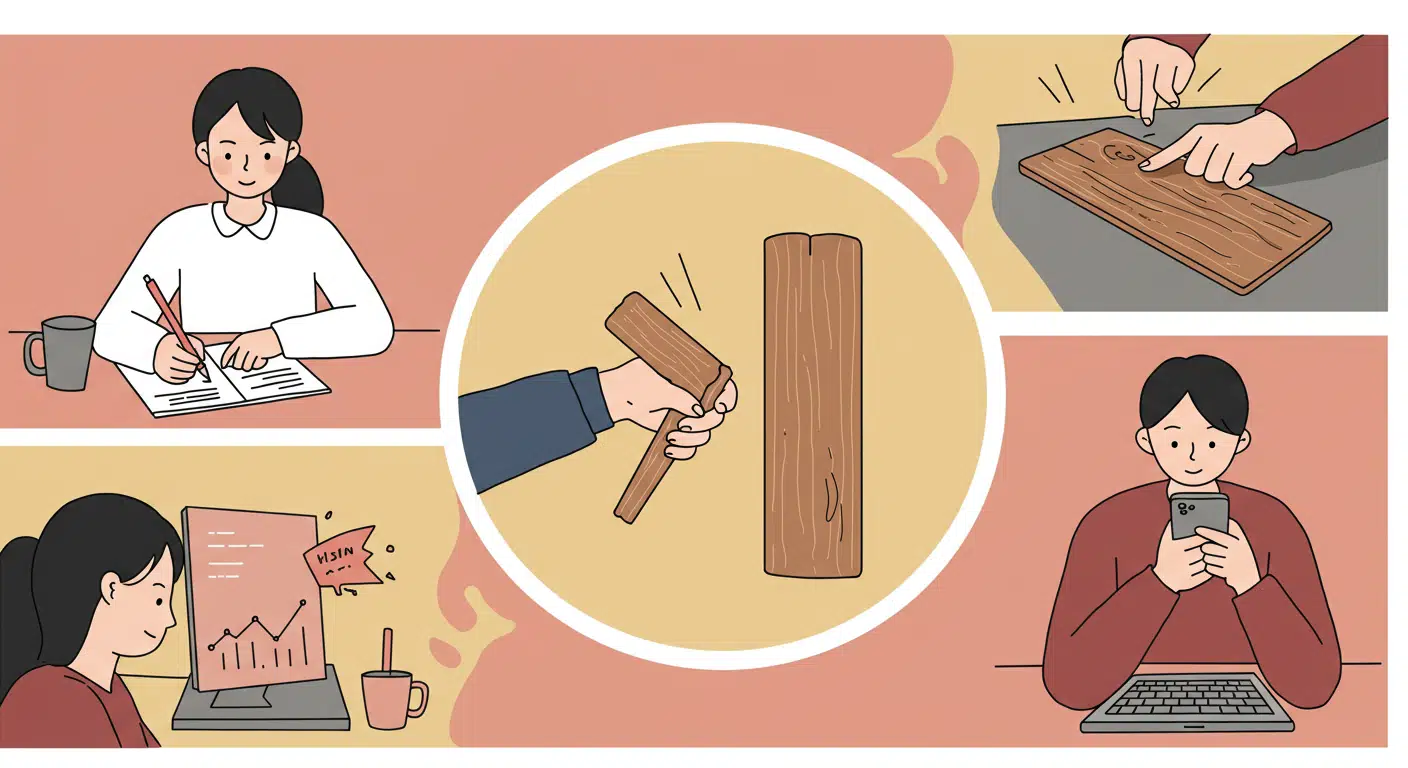Agricultural communities worldwide have long observed the tradition of leaving a small section of their fields—often a row, corner, or the final sheaf—unharvested at the end of each growing season. This practice served as a sacred offering to appease agricultural deities, land spirits, or saints associated with fertility and nature. These untouched portions were known by different names: the “Mare” or “Neck” in Celtic fields, “kami’s corner” in Japan, or “the spirit’s portion” in Native American maize plots. Farmers were prohibited from consuming or disturbing this reserved area, believing that honoring unseen forces of nature through this sacrifice ensured land fertility, ecological balance, and a prosperous harvest in the following season.

A baby’s future career or fate is predicted by the first object they select during a ceremonial setup.
In several Asian and Eastern European cultures, a traditional ceremony is held for babies usually around their first birthday. Known


